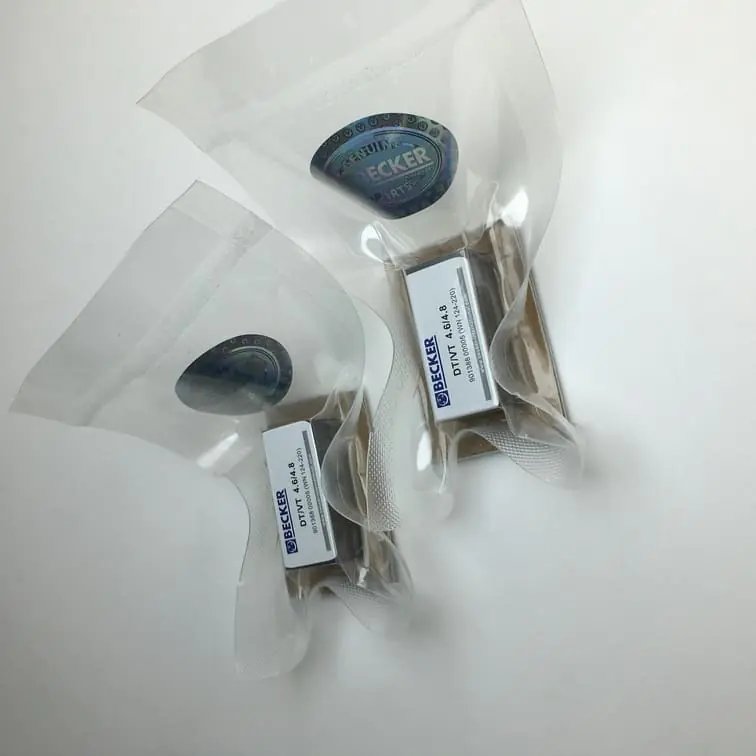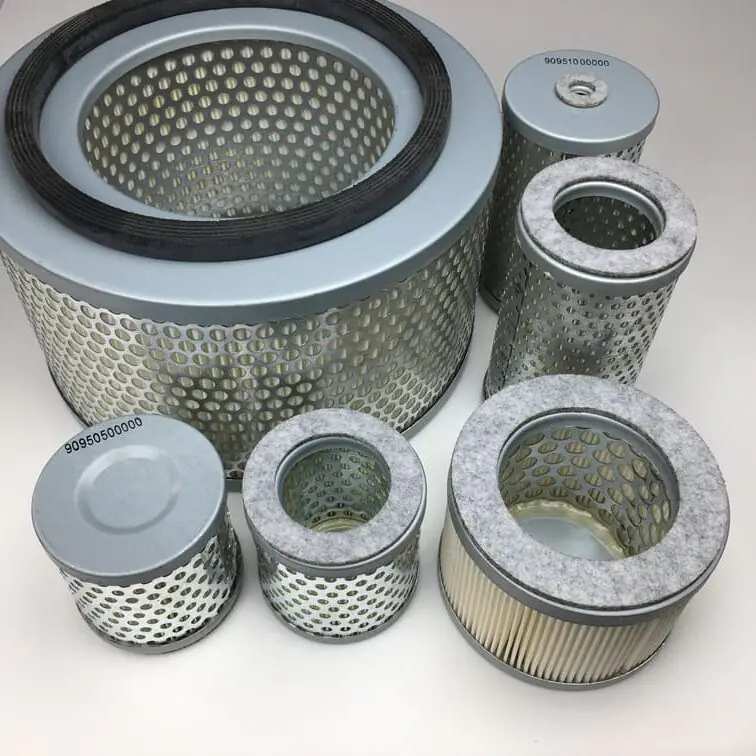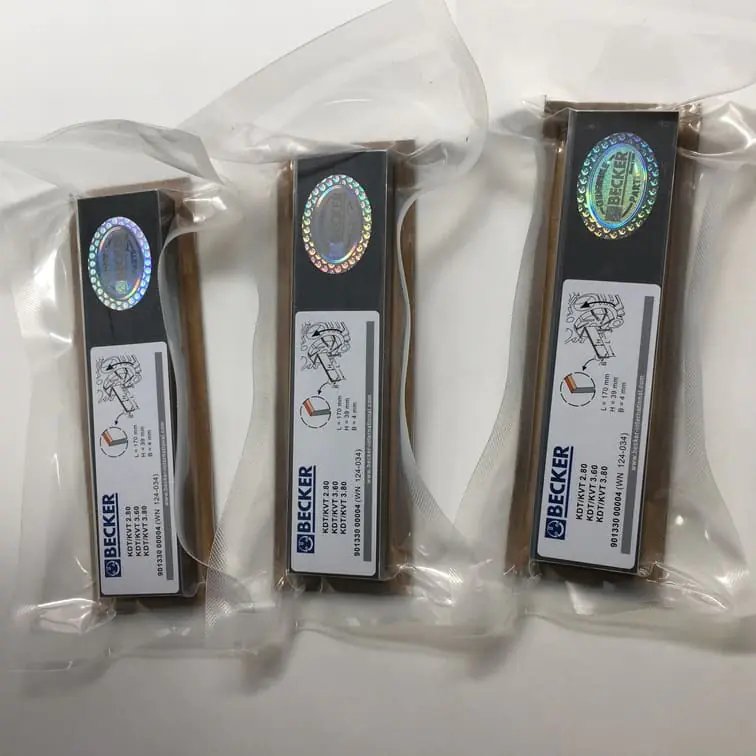Could Flammable Fumes Pulled Through a Vacuum Pump Ignite?
Handling vacuum pumps often involves a variety of substances, including flammable fumes. This raises a critical safety question: Could flammable fumes pulled through a vacuum pump ignite? Understanding the risks and precautions involved is vital to ensure safe operations, especially in environments where flammable gases are present. This article will cover the essential information you need to safely manage flammable fumes with vacuum pumps.
Understanding Vacuum Pumps and Their Operation
What is a Vacuum Pump?
A vacuum pump is a device that removes air and gases from a sealed volume, creating a partial or complete vacuum. These pumps are used across numerous industries, from manufacturing to chemical laboratories, and are essential in processes that require a controlled environment free of gases or contaminants.
Different types of vacuum pumps are used for specific applications, including:
- Rotary Vane Pumps: Utilize rotating vanes to remove gas from the chamber.
- Diaphragm Pumps: Use a diaphragm to displace air and create a vacuum.
- Two-Stage Pumps: Achieve deeper vacuums by compressing gas in two stages, often used for more demanding tasks.
Each of these pump types is susceptible to safety concerns when dealing with flammable fumes.
Role of Vacuum Pump Oil and Gas Ballast Valve
Most vacuum pumps use vacuum pump oil to lubricate the moving parts, seal the vanes, and cool the pump. An important component is the gas ballast valve, which helps prevent water vapor from condensing inside the pump. While the gas ballast is important for pump efficiency, its use could introduce air into the compression stage, which is something to consider when dealing with flammable gases.
The Danger of Flammable Fumes in Vacuum Pumps
Chemical Properties of Flammable Fumes
Flammable fumes are often derived from substances that are volatile at ambient conditions. These fumes are characterized by:
- Low Flash Points: The flash point is the temperature at which a substance releases enough vapor to ignite. Many flammable substances have a flash point below room temperature, making them susceptible to ignition.
- Explosive Mixtures: When flammable gases mix with air, they can create explosive mixtures that are easily ignitable by a spark or high temperatures.
The issue arises when these fumes are pulled through a vacuum pump, especially in situations where heat or friction could lead to an unintended ignition.
Conditions that Could Lead to Ignition
For flammable fumes pulled through a vacuum pump to ignite, certain conditions must align:
- Presence of an Ignition Source: The primary risk inside a vacuum pump is the heat generated by moving parts, which could act as an ignition source if temperatures get high enough.
- Gas Composition: A mixture of air and flammable gases can easily reach an ignitable concentration if the right proportion of gases are present.
- Improper Sealing or Leaks: If a vacuum pump isn’t properly sealed, ambient oxygen can mix with flammable fumes, raising the risk of an explosive event.
Real-World Examples of Risks
- Rotary Vane Pumps: In rotary vane pumps, the constant compression of gases generates heat. When flammable gases are involved, this heat could cause an ignition, especially if the pump oil begins to vaporize at elevated temperatures.
- Oil-Contaminated Pumps: When oil used in a vacuum pump is contaminated with flammable substances, it increases the likelihood of ignition. The combination of volatile vapors and an overheated pump is hazardous.
Safety Features in Vacuum Pumps
Vacuum pumps designed for flammable gases often include spark-resistant components and cooling mechanisms to mitigate the risk of ignition. Ensuring that your pump is designed for the type of gas being handled is crucial for safety.
Check out our Becker Set of Vacuum Vanes for a more reliable and safe operation of your vacuum pump.

Best Practices for Handling Flammable Fumes with Vacuum Pumps
Choosing the Right Type of Vacuum Pump
Not all vacuum pumps are suitable for handling flammable gases. When selecting a pump for such applications, consider the following:
- Explosion-Proof Pumps: Designed with components that prevent sparking, these pumps are specifically built to handle flammable substances.
- Dry Pumps: These pumps do not use oil, thus eliminating the risk of oil vapor acting as an accelerant during a flammable event.
- Temperature Control: Pumps with built-in temperature monitoring help mitigate the risk by preventing overheating.
Safety Precautions During Operation
When working with flammable fumes and vacuum pumps, consider these safety practices:
- Adequate Ventilation: Ensure that areas where pumps are operated are well-ventilated to disperse any leaked fumes, reducing the risk of explosive gas build-up.
- Regular Maintenance: Conduct frequent maintenance checks on vacuum pumps to ensure all seals are intact and there are no signs of wear that could lead to malfunction or leakage.
- Avoid Ignition Sources: Keep any source of open flame or high heat away from the pump. Ensure that electrical components are shielded and incapable of sparking.
- Use an Inert Gas Blanket: If possible, introduce an inert gas like nitrogen into the system to prevent the accumulation of oxygen, thereby reducing the chances of an explosive atmosphere.
Monitoring Gas Mixtures
One of the most crucial aspects of handling flammable fumes is ensuring the gas mixture does not fall into the flammable range. Using gas detectors that monitor the concentration of flammable gases can provide an early warning of unsafe conditions.
- Gas Monitoring Devices: Install gas detectors around the vacuum pump area to keep track of any accumulation of flammable vapors. These devices can alert operators before a dangerous situation arises.
Potential Scenarios Leading to Ignition
1. High-Temperature Oil Vapor
If the vacuum pump oil gets too hot, it may start to vaporize. This vapor, in combination with flammable gases being pumped, can lead to an increased risk of ignition. Therefore, controlling the pump’s temperature is essential.
2. Inadequate Cooling
Some vacuum pumps rely on air-cooled systems, while others use water cooling to maintain optimal temperatures. If the cooling system fails, the internal components can reach temperatures high enough to ignite flammable gases.
3. Backstreaming of Oil
Backstreaming is when oil from the pump moves back into the vacuum line. This oil can mix with flammable gases, leading to increased chances of combustion. Using proper cold traps can help prevent backstreaming.
Types of Pumps Best for Flammable Fumes
1. Diaphragm Vacuum Pumps
Diaphragm pumps are a good choice for handling flammable fumes. These pumps do not use oil, eliminating one potential source of ignition. Moreover, their low friction mechanism generates minimal heat, making them safer.
2. Explosion-Proof Rotary Vane Pumps
Specially designed explosion-proof rotary vane pumps are equipped with safety features such as non-sparking components and enhanced cooling systems to handle flammable fumes without significant risks.
Table: Comparison of Vacuum Pumps for Flammable Fumes
| Pump Type | Suitability for Flammable Fumes | Key Features |
|---|---|---|
| Diaphragm Pumps | High | No oil, low heat generation |
| Explosion-Proof Rotary | High | Non-sparking components |
| Standard Rotary Vane | Low | Uses oil, higher heat generation |
| Dry Scroll Pumps | Moderate | No oil but may require cooling |
FAQs
1. Can flammable fumes ignite inside a vacuum pump?
Yes, under the right conditions, flammable fumes can ignite inside a vacuum pump if there is an ignition source such as heat generated by friction or a spark from electrical components.
2. How can I safely handle flammable gases with a vacuum pump?
Use explosion-proof pumps and ensure adequate ventilation. Regular maintenance and temperature monitoring are also key to preventing ignition.
3. What role does vacuum pump oil play in flammability?
Vacuum pump oil can become a hazard if it overheats, especially if it vaporizes and mixes with flammable gases. Proper cooling and temperature control are essential.
4. Is it safer to use an oil-free pump with flammable fumes?
Yes, oil-free pumps like diaphragm pumps reduce the risk of ignition by eliminating oil vapor, which can act as a fuel source during combustion.
5. What types of gases are considered flammable in vacuum systems?
Hydrocarbon-based gases like methane, propane, and butane are common flammable gases used in vacuum systems. These gases have low flash points, making them susceptible to ignition.
Conclusion
Could flammable fumes pulled through a vacuum pump ignite? The answer depends on several factors, including the pump type, the composition of the gases, and the operational conditions. When dealing with flammable fumes, it’s essential to choose the correct vacuum pump, ensure proper ventilation, and adhere to rigorous safety standards. Explosion-proof pumps, regular maintenance, and gas monitoring systems can significantly reduce the risks involved.
Understanding the dynamics of flammable gases and implementing the right safety precautions will help ensure that your vacuum systems operate effectively and safely, minimizing the risk of ignition and creating a secure working environment.
For more information on keeping your vacuum systems safe and efficient, visit vacuumpumppart.com to explore our complete range of products, including vacuum pump spare parts, cold traps, and explosion-proof components.




